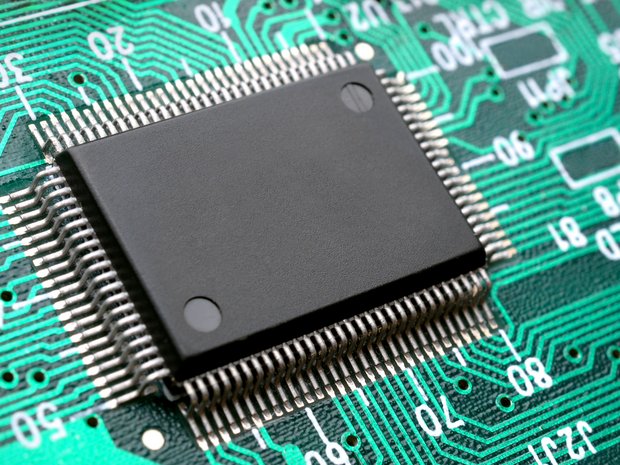SK Hynix warns chip prices near peak amid Q2 record profit


SK Hynix had posted a record operating profit due to a rise in dynamic random access memory (DRAM) chips used in mobile devices and PCs.
The South Korean chip maker posted a net revenue of 947 billion won (US$847 million), an increase of 430 percent from 179 billion won (US$160 million) the previous quarter, for its second quarter earnings released Thursday. The same period last year, it had posted a loss of 53 billion won (US$47 million).
Its operating profit was 1.11 trillion won (US$984 million) with an operating margin of 28 percent, while its consolidated revenue was 3.93 trillion won (US$3.51 billion), a 41 percent increase from 2.78 trillion won (US$2.48 trillion) the previous quarter. This a record high for the firm's quarterly results, SK Hynix noted in a press statement.
The chipmaker attributed this to strong DRAM shipment, which increase 20 percent quarter-over-quarter, along with a rise in average selling price of 16 percent.
Shipments of DRAM had improved due to increased demands of the mobile DRAM and server products for data centers, and due to the suppliers' transition to mobile products, the average selling price of PC DRAM climbed up and that of specialty DRAM stabilized.
"We expect DRAM shortages will continue even into the fourth quarter, and in normal circumstances, prices have to go up," Park Nae-hak, vice president and head of Hynix's mobile and consumer marketing, said, Reuters reported Thursday.
However, given the prices had been rising for a year, memory chip prices now account for a big portion of SK Hynix's clients' total material costs so uncertainty exists on how much prices can further go up, Park noted.
Going forward, the firm plans to strengthen its cost competitiveness by expanding its 20nm class DRAM products to more than 50 percent in the third quarter.
In comparison, Intel's revenue in the current period was US$13.5 billion, and posted its fourth straight sales decline in its Q2 earnings last week. Similarly, TSMC, while posting a record net profit and revenue, had a gloomy outlook amid weakening demand for PCs and smartphones.